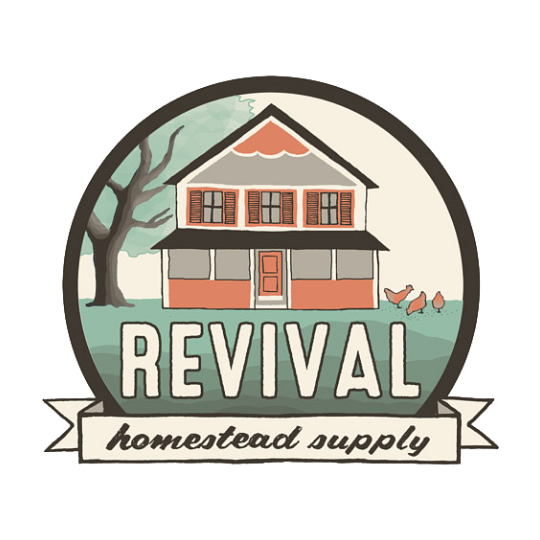making yogurt
Last week at the grocery store, our 2 ½ year old asked for yogurt, which surprised me because she's never been very interested in the yogurt we like to eat (which is either unsweetened or lightly sweetened with maple syrup). Of course, she didn't want the local yogurt we occasionally buy, she wanted the purple one with the flower on it (Wallaby brand greek vanilla yogurt). I bought some hoping she would like it and we could start weaseling some cultured dairy products into her diet. Of course, it was very, very sweet, and she thought it was delicious. So my plan is to make yogurt that is as similar to that yogurt as possible, stealthily reuse the Wallaby container to put my yogurt in, and gradually and imperceptibly ease back on the sweetener until she will willingly eat unsweetened yogurt and kefir. Think it will work? I don't know, but we shall see! In any case, the experiment prompted me to revisit and update an old blog post from May 2015 about making yogurt that I would like to re-share with you today!
Yogurt is a very simple ferment you can make at home, and without all the preservatives and thickeners the big companies use to make yogurt. Some store-bought yogurts don't even contain live cultures!
All natural, live-cultured yogurt is not only great for your gut, but much easier to digest than uncultured milk products.
you will need
1 - 2 quarts milk (not ultra-pasteurized)*
direct-set yogurt culture
thermometer
saucepan
mason jar
hot tap water
insulated container**
* Refer to the instructions that came with your cultures for the amount of milk to use. Most say that 1 packet will culture 1 - 2 quarts. In this case, if you prefer to make only 1 quart of yogurt, you may wish to use only half of the culture packet and save the rest for next time. As for the type of milk you use, use whatever fat content you prefer, raw or pasteurized, but check the label on the carton to make sure it isn't ultra-pasteurized. Ultra-pasteurized milk will not set up.
** Yogurt-makers have been specially designed to maintain a temperature of 110 ºF, the ideal environment for yogurt to be cultured. However, you don’t need a yogurt-maker to make yogurt! Any warmed, insulated container will work. I have been very successful using a small picnic cooler filled with hot tap water. You could also try a thermos, a pot filled with hot tap water and wrapped in a wool blanket, or some clever design of your own!
Here we have two different varieties of yogurt cultures. The one on the left is reculturable, the one on the right in direct-set. Many with-it grocery stores and natural foods stores carry direct-set yogurt cultures. Reculturable or heirloom yogurt cultures will be more difficult to find, but if you see yourself making yogurt once or more per week indefinitely, it would be worth it to find one. With the right attention these cultures can be reused indefinitely.
Today we'll be using a direct-set (single use) culture. Direct-set cultures are the easiest to use, and I highly recommend them as a jumping off point for first time yogurt making. You don't have to worry about keeping on a regular yogurt-making schedule, and they make consistently excellent yogurt every single time.
New England Cheesemaking Supply Company and Cultures for Health are both great resources for both types of yogurt cultures (and much more!)
The Recipe
1. Place 1 or 2 quart-sized mason jar inside insulated container and warm by filling with hot tap water. Set aside.
2. Heat 1 - 2 quarts milk over medium-low heat to 185ºF, stirring frequently. (Milk should be slightly frothy, never boiling.)
3. Cool to 112ºF. Do not add your culture at any temperature higher than 112ºF! It will kill it and you'll have nothing but slightly sour milk!
4. Add 1 packet of direct set starter culture, allowing to rehydrate for 30 sec. or 2 tablespoons reculturable live yogurt. Mix well.
5. Empty mason jar of hot water and fill with innoculated milk. Place jar back in insulated container, still filled with hot water.
6. Cover and let set for 6-12 hours in a warm place.
7. Remove from cooler & refrigerate.
8. Optional: For a thick, greek-style yogurt, empty yogurt into a colander lined with a few layers of cheesecloth, and set over a bowl in the refrigerator. Allow whey to drain off yogurt until desired thickness is achieved (1-12 hours).
When using whole milk, an hour or two usually plenty, but an overnight straining will give you an incredibly rich, thick, creamy yogurt that makes a delicious dessert all on its own. While I wouldn't touch an unstrained skim milk yogurt, an overnight straining can transform skim milk yogurt into something quite delightful, if that's your jam.
9. Optional: Add sweeteners and flavorings. For my imitation "flower yogurt" as Hester calls it, I add ½ tsp vanilla extract and ¼ cup maple syrup per 1 quart batch. Sweeteners and flavors can also be added during step 2, the heating of the milk, which is particularly beneficial if you want to infuse a flavor using some kind of flavorful solid (for example, a vanilla bean) or dissolve a sweetener like cane sugar or honey that could be difficult to mix in when unheated. Because I'm straining my yogurt, I prefer to wait until the end so I'm not losing any of that maple syrup or vanilla flavor in the whey.








